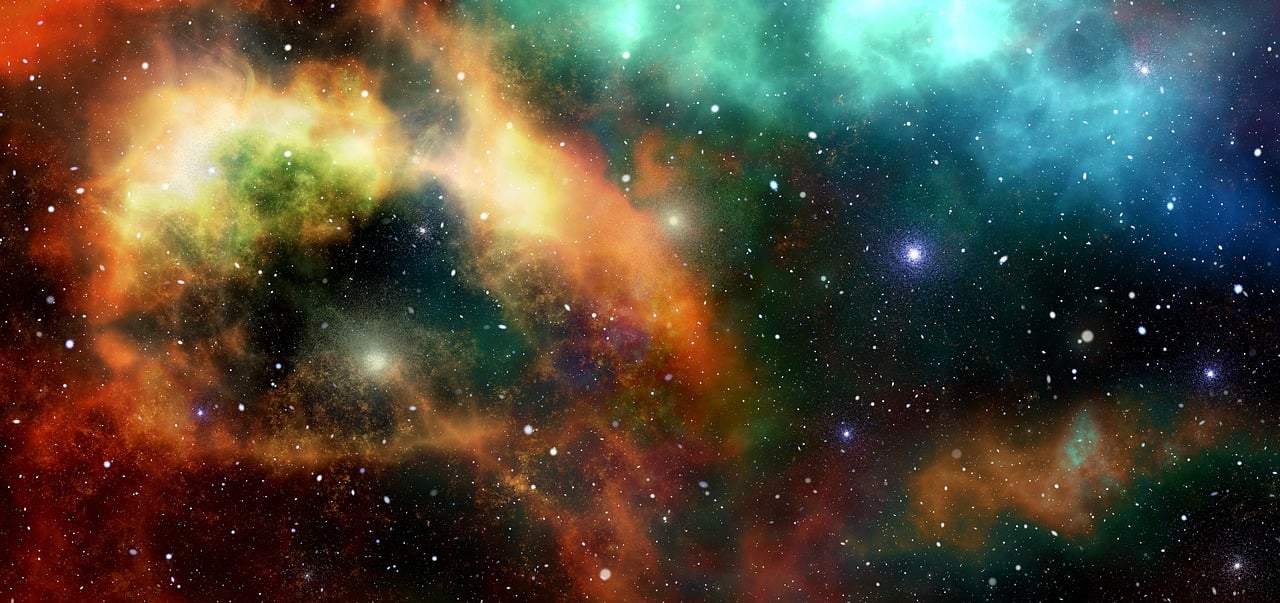The ever-growing universe is believed to be home to at least 100 billion galaxies of different shapes, sizes and compositions. Similar to the Milky Way, galaxies around the universe host huge collections of stars and other celestial objects. Now, researchers have made the discovery of cold quasars which provide more knowledge on how galaxies die, and when they stop producing new stars.
At the 234th meeting of the American Astronomical Society in St. Louis, astrophysicist Allison Kirkpatrick, assistant professor of physics and astronomy at the University of Kansas presented her discovery of cold quasars. Cold quasars are considered to be galaxies with an abundance of cold gas, which are still capable of producing new stars, despite having a quasar at its heart. The discovery is particularly important because it features a galaxy life cycle which has previously been unknown to researchers, called a “cold quasar phase.”
Quasars form when the supermassive black hole at the heart of a galaxy starts collecting all the material around it. It sucks in the gas, which causes an accretion disk to form, and then becomes super heated. When it heats up enough, it will emit enormous amounts of light, causing the quasar to become far brighter than a regular galaxy.
Initially, researchers believed that once the supermassive black hole at the center became a quasar, that meant that the galaxy was “dead.” In other words, they believed that it was no longer capable of producing new stars. The discovery of cold quasars changes this theory.
The team conducted analyses of data collected by the European Space Agency’s XMM-Newton Telescope, which revealed that there are 10 percent of galaxies with supermassive black holes that are accreting, and containing enough of the cold gas to produce new stars. However, the new discoveries don’t end here. The team analyzed the 10 percent of those galaxies, finding an exception in another 10 percent.
“These are very compact, blue, luminous sources,” Kirkpatrick said in a press release. “They look exactly like you would expect a supermassive black hole to look in the end stages after it has quenched all of the star formation in a galaxy. This is evolving into a passive elliptical galaxy, yet we have found a lot of cold gas in these as well. These are the population that I’m calling ‘cold quasars.’”
Kirkpatrick’s discovery points out that the cold quasar phase might not be as rare as it was previously thought. The team believes that at some in its life cycle, every galaxy will go through the cold quasar phase.
“This is a transition phase, let’s say of 10 million years,” she said in the press release. “In universal timescales, that’s really short — and it’s hard to catch this thing. We’re doing what we call a blind survey to find objects we weren’t looking for. And by finding these objects, yes, it could imply that this happens to every galaxy.”





